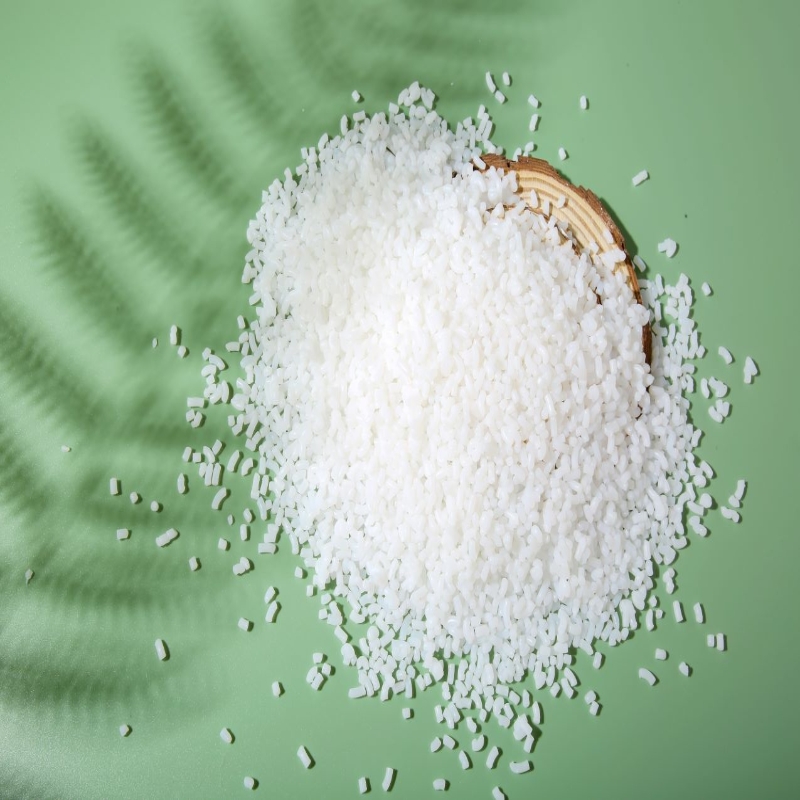-
Categories
-
Pharmaceutical Intermediates
-
Active Pharmaceutical Ingredients
-
Food Additives
- Industrial Coatings
- Agrochemicals
- Dyes and Pigments
- Surfactant
- Flavors and Fragrances
- Chemical Reagents
- Catalyst and Auxiliary
- Natural Products
- Inorganic Chemistry
-
Organic Chemistry
-
Biochemical Engineering
- Analytical Chemistry
-
Cosmetic Ingredient
- Water Treatment Chemical
-
Pharmaceutical Intermediates
Promotion
ECHEMI Mall
Wholesale
Weekly Price
Exhibition
News
-
Trade Service
The trend of water-based and powdered coatings is becoming more and more obvious, with the wide application of water-based coatings, how to solve the problem of water-based coatings, the choice of suitable anti-mold agent has become a difficult problem in this field.
traditional anti-mold agents in these coatings include formaldehyde, heavy metal salts, phenol, sodium PCP, etc. There are mainly the following types of fungicides on the market: isoprene ketones; benzodiaxones; formaldehyde re-release agents: organic bromides; organic amines; triamcinolone
. The more striking of all types of anti-mold fungicides is formaldehyde release agents. Formaldehyde release agent is a microcosmic hydroxymere organic matter, can be slowly detoxed in a certain period of time, releasing trace amounts of formaldehyde, so as to achieve a certain antibacterial bactericidal effect. Its dosage is very low, in the final product will not produce a irritating odor, poor sealing, vulnerable to secondary pollution of the paint industry is particularly suitable, formaldehyde release agent is the only of all bactericidal agents have gas bactericidal capacity, and has a clear antibacterial effect.
an important indicator of the bactericidal ability of the fungicide, which is the lowest effective concentration (MIC), i.e., in agar culture, the introduction of 1 million to 2 million / m1 bacteria, and then test the killing rate of 99.9% of the required concentration of fungicides. Generally speaking, the use concentration in the actual formula is greater than or equal to MIC. The choice of anti-mold agent to the choice of anti-mold fungicide to latex paint as an example to discuss, to choose the appropriate anti-mold fungicide, first of all, it is required to target the characteristics of the coating, and meet its related requirements.
Such as latex paint products are weak alkaline, pH is generally 7 to 9; processing temperature is as high as 60 to 70C: room temperature storage, temperature is generally not higher than 40C; storage period is mostly 12 to 18 months; For the characteristics of latex paint, the ideal anti-mold fungicide should have the following characteristics:
1. Good compatible with the various parts of the coating, added will not cause changes in color, odor, stability and so on.
2. Storage is stable in the range of PH6 to 10.
3. Suitable for long-term storage at 40 degrees C and allows a processing temperature of 60 to 70 degrees C for a short period of time.
4. Due to the small capacity of the barrel, the poor sealing of the barrel, there is a large space between the top layer of the coating and the top of the barrel, which may lead to secondary contamination, therefore, the ideal anti-mold fungicide should have the ability to gas-killing.
requires good water solubility, as microorganisms grow in the water phase, which ensures better contact and faster sterilization.
6. The bactericidal spectrum is required to be comprehensive and has a good sterilization effect on the vast majority of molds and bacteria that breed in weak alkaline environments.
7. Requires good biodegradability and low environmental toxicity, and minimizes irritation to operators.
.







